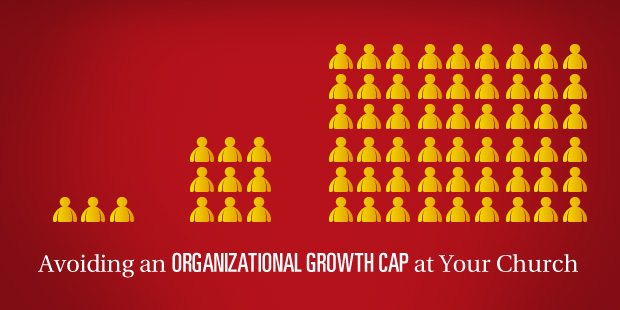
How Do You Face Change?
| Change isn’t just something that gets pushed upon us. Change is also inspired, explored, embraced and created by leaders.The Center for Creative Leadership (CCL®) in the Europe, Middle East, Africa (EMEA) Region recently hosted “A Day for Change” to explore leadership through the lens of change. Clients, colleagues and leaders from diverse organizations gathered at CCL’s new campus in Brussels — a modern workspace designed to drive learning, interaction and creativity.Here, we touch on a few ideas and themes from the event. Adapt and Thrive through TRUST. Allison Maitland, author of Future Work says: Trust your people; Reward outcomes, not hours; Understand the business case; Start at the top; Treat people as individuals.3 Qualities for Thriving in Change. A mindset of adaptability. The ability to spot new opportunities. Foresight — envisioning where the future is headed. |
Leading in a VUCA World. Volatility, Uncertainty, Complexity and Ambiguity are realities today and will continue to be so in the future. But leaders can transform VUCA, according to Bob Johansen, author of Leaders Make the Future: Ten New Leadership Skills for an Uncertain World:
Change vs. Transition. Change is the flip of the switch — the decision or experience or introduction of that which is new or different. Transition is the process of adapting to the change. Most of us don’t factor in the challenge of transition. A change that takes 12 weeks to plan and implement typically takes 100 to 120 weeks to integrate. Poorly planned, it may take 200 weeks. Yet, managers and consultants rarely allow more than 26 weeks! Without providing time and attention to transition, organizations fail to see desired benefits of change efforts. The Collaboration Gap. A CCL study asked senior executives two questions:
The result: 86 percent said collaboration is “extremely important,” but just 7 percent described themselves as being “very effective” at doing so. How will leaders and organizations resolve this 79 percent gap? The Power of “Unlearning.” Leaders must see their beliefs, assumptions and stories — and challenge themselves to unlearn what is outdated or invalid. Experiment, explore and try on new mindsets. Mind Your Mind. The burgeoning field of neuroscience — the study of the nervous system and the brain — has gone mainstream. The race is on to translate its insights into practical applications at work. Implications for leader development include: self-regulation, cognitive health, learning agility and resilience. The Collaborative Work Ethic. Principles of collaboration are: ownership, alignment, full responsibility, self-accountability, mutual respect, integrity and trust. What does collaboration look like in your organization? |
How do you face change?

Tags: Center for Creative Leadership, Change, Leadership Engine



























